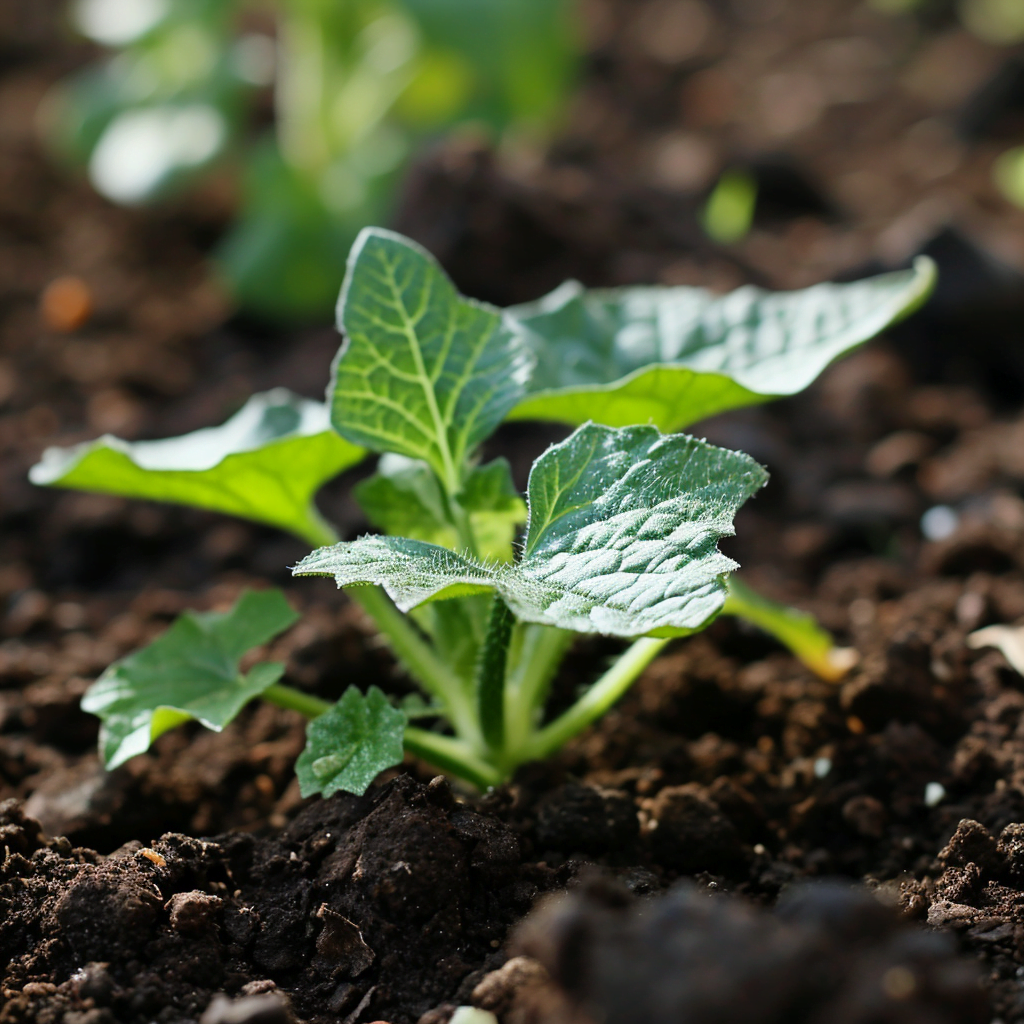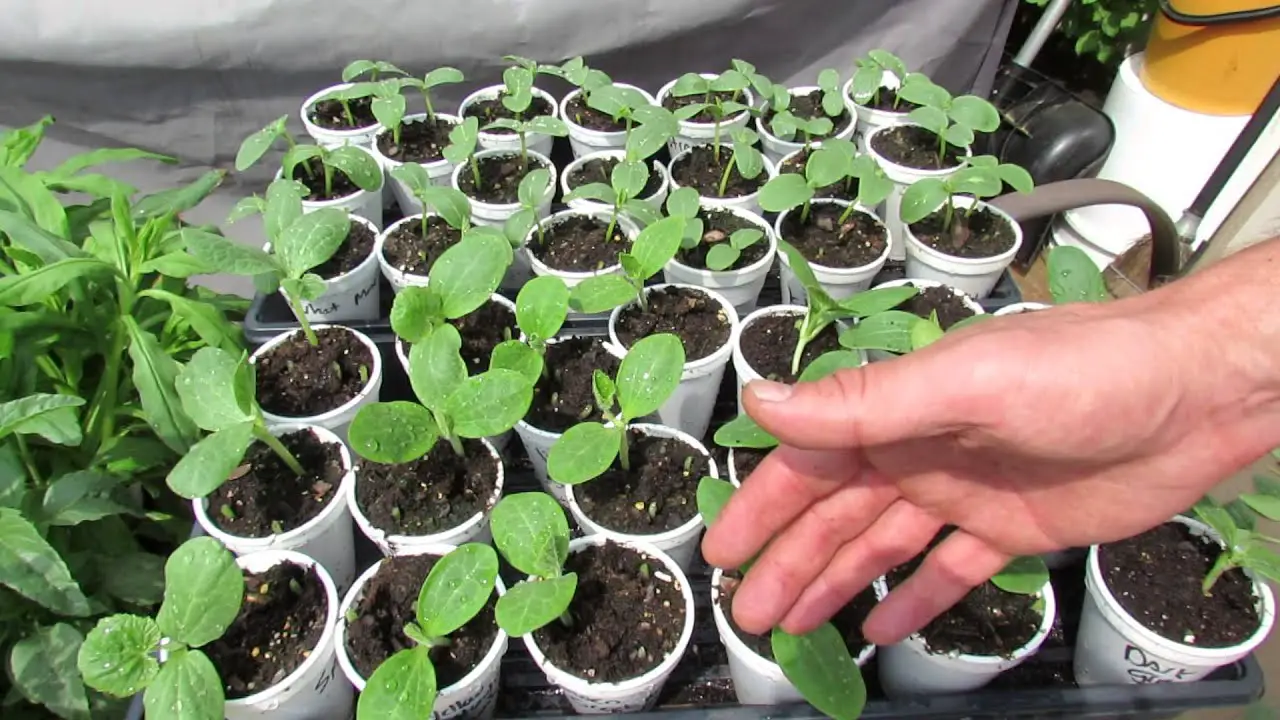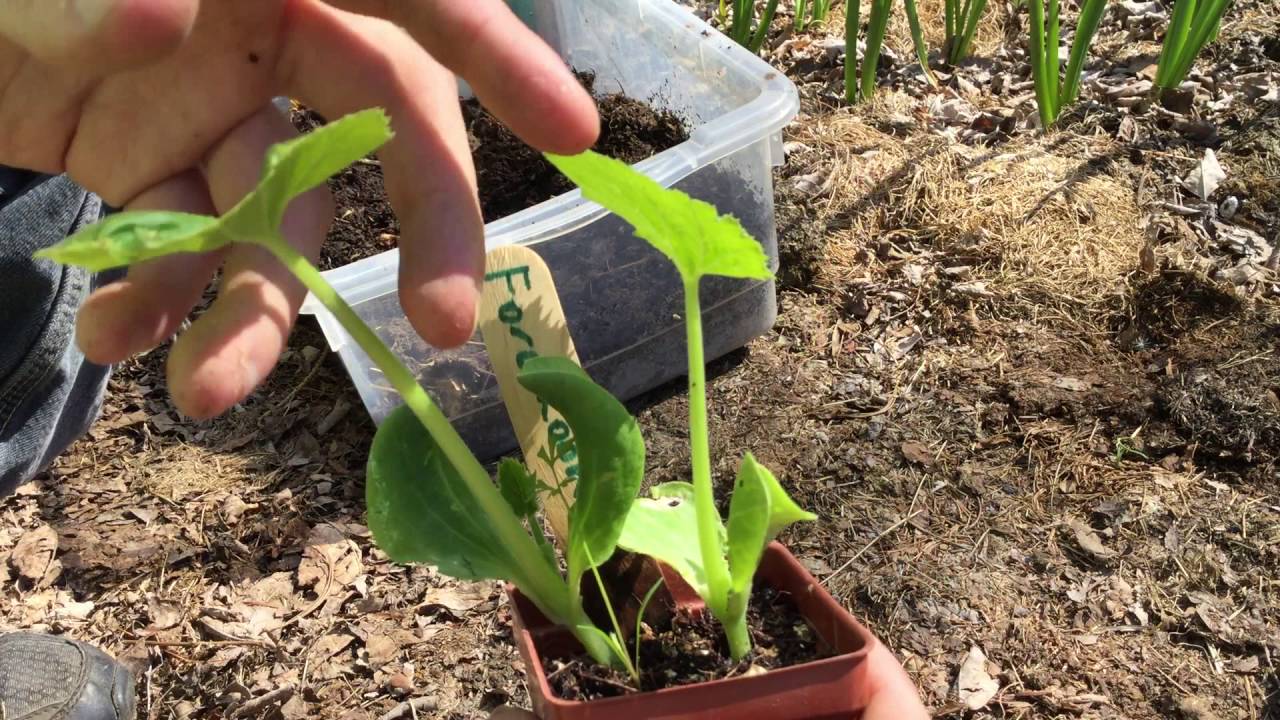So, you’ve got yourself some zucchini seedlings and you’re itching to transplant them into your garden. But hold on a minute, you might be wondering, When to transplant zucchini seedlings? Well, fear not, because we’ve got the answer for you. Transplanting zucchini seedlings is all about timing, and getting it right can make all the difference in the success of your plants. In this article, we’ll explore the optimal time to transplant your zucchini seedlings so you can ensure they thrive and produce an abundance of delicious zucchinis for you to enjoy. So, let’s get started!
Factors to Consider for Transplanting Zucchini Seedlings
Transplanting zucchini seedlings can be a crucial step in their growth process, and several factors should be taken into consideration to ensure their successful transition. By considering the growth stage, weather conditions, soil temperature, frost risk, transplant shock, companion plants, space availability, time of year, health of seedlings, and time since germination, you can make informed decisions and provide the best environment for your zucchini plants.
Growth Stage
Determining the growth stage of your zucchini seedlings is essential when deciding the right time for transplanting. Ideally, the seedlings should have reached a certain size and maturity before being moved. Look for well-developed roots and sturdy stems, as this indicates that the seedlings can handle the stress of transplanting without adversely affecting their growth.
Weather Conditions
Understanding the current and expected weather conditions is crucial before transplanting zucchini seedlings. Temperature, frost, rainfall, and wind can significantly impact the health and survival of newly transplanted seedlings.
Temperature plays a vital role in the success of transplantation. Zucchini seedlings thrive in warm conditions, so it is important to wait until the threat of frost has passed and the soil has warmed up sufficiently.
Frost is a significant concern for zucchini seedlings, as they are quite sensitive to cold temperatures. It is crucial to know the average dates of the last frost in your area to avoid subjecting the seedlings to harsh conditions that can lead to their demise.
Rainfall is another aspect to consider, as heavy and prolonged periods of rain can saturate the soil, leading to waterlogged roots and potential diseases. Choose a time when the weather forecast predicts dry and stable conditions for a successful transplant.
Wind can also pose a threat to newly transplanted zucchini seedlings. Strong gusts can break delicate stems or uproot the plants. Ensure that the weather is relatively calm during the transplanting process to minimize damage.

Soil Temperature
Optimal soil temperature is an important factor to consider when transplanting zucchini seedlings. Zucchini plants prefer warm soils, with a temperature range between 60°F to 70°F (15°C to 21°C).
Measuring soil temperature can be done using a soil thermometer. Insert the thermometer approximately 3 inches (7.6 cm) deep into the soil at the transplanting site and check the temperature. If the soil temperature falls within the recommended range, it is a favorable time for transplanting your zucchini seedlings.
Frost Risk
Knowing the frost-free dates for your region is essential for successful transplanting of zucchini seedlings. Frost-free dates indicate when the risk of frost has significantly decreased, ensuring a safer environment for the plants.
To protect zucchini seedlings from potential frost damage, it is best to delay transplanting until after the last expected frost. However, if you are eager to transplant early, you can take measures to protect the seedlings, such as using row covers, cloches, or temporary structures to shield the plants from the cold.
Transplant Shock
Transplant shock is a common concern when moving zucchini seedlings from their original containers to the garden. It occurs due to the disruption of the root system and the adjustment to new environmental conditions.
Several factors can cause transplant shock, including root damage, temperature fluctuations, moisture variation, and inadequate nutrient availability. To minimize transplant shock, handle the seedlings with care, gradually acclimate them to outdoor conditions, and ensure they receive adequate moisture and nutrients during the transition period.
Companion Plants
Companion planting is an effective way to maximize space and resources, as well as enhance the overall health and productivity of your zucchini plants. Some plants are compatible with zucchini and can provide benefits such as pest control, nutrient enrichment, and shade.
Compatible companion plants for zucchini include herbs like basil and dill, as well as flowers like marigolds. These plants can attract beneficial insects, deter pests, and improve overall plant health.
However, there are also plants that are incompatible with zucchini and should not be planted in close proximity. Examples of incompatible plants include potatoes and other members of the squash family, as they are susceptible to similar diseases and pests, which can create an unfavorable environment for the zucchini plants.

Space Availability
Before transplanting zucchini seedlings, consider the available space in your garden. If you have limited space or prefer container gardening, zucchini can be grown in large pots or containers. Ensure that the container has adequate drainage and is at least 20 inches (50 cm) deep to accommodate the plant’s extensive root system.
Alternatively, raised beds can provide a suitable environment for zucchini plants. The raised bed should be at least 12 inches (30 cm) deep and well-amended with compost or organic matter to provide the necessary nutrients and drainage.
If you have ample garden space, row spacing is an important consideration. Zucchini plants require approximately 3-4 feet (0.9-1.2 meters) of space between rows to allow for proper air circulation and prevent the spread of diseases.
Time of Year
The time of year plays a crucial role in the successful transplanting of zucchini seedlings. The transition from winter to spring, spring to summer, and summer to fall all have their own considerations.
Transplanting zucchini seedlings in the transition from winter to spring should occur when the threat of frost has passed, and the soil has warmed up. This ensures that the seedlings have a favorable growing environment and can establish themselves before the heat of summer arrives.
When transplanting in the transition from spring to summer, it is important to provide adequate moisture and shade to protect the seedlings from the heat. Consider using mulch and providing shading during the hottest parts of the day to prevent stress on the plants.
In the transition from summer to fall, ensure that the seedlings have enough time to mature and produce a harvest before the cooler temperatures arrive. This timing will vary depending on your location and the length of your growing season.

Health of Seedlings
The health of the seedlings is a critical factor to consider before transplanting. Look for seedlings that are vibrant, with strong stems, healthy leaves, and well-developed roots. Avoid transplanting seedlings that show signs of disease, pest infestation, or nutrient deficiencies, as these issues can worsen after transplantation.
Time Since Germination
The time since germination is an important consideration when deciding the optimal time for transplanting zucchini seedlings. Zucchini plants have a specific seedling development timeline, and they should be transplanted when they have reached the appropriate stage of growth.
The standard time for transplanting zucchini seedlings is usually around 3-4 weeks after germination. At this stage, the seedlings should have developed a good root system and sturdy stems, ensuring a smooth transition into their new growing environment.
In conclusion, transplanting zucchini seedlings requires careful consideration of several factors. By taking into account the growth stage, weather conditions, soil temperature, frost risk, transplant shock, companion plants, space availability, time of year, health of seedlings, and time since germination, you can provide an optimal environment for your zucchini plants to thrive. With proper planning and care, you can enjoy a bountiful harvest of delicious zucchinis from your garden.



